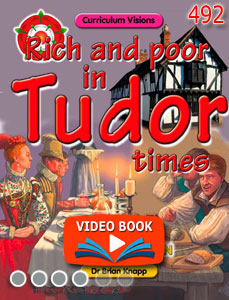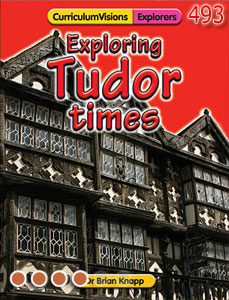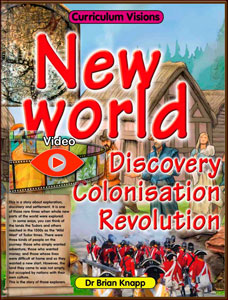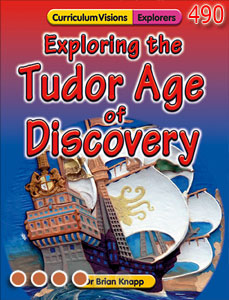The Vikings were probably the first Europeans to venture beyond the shores of Europe and North Africa and to visit North America. Eventually the America's would come to be called 'The New World' by Europeans, as it was a world that was new to them - and completely unexpected. But the Viking arrival a thousand years ago was on a small scale, and did not last.
The next attempt to move west was made at the beginning of Tudor times. But the ships were small and not suited to ocean voyages, and so European explorers hugged the coast of Africa, as they sought a way to India, China nd the Spice Islands (which are now part of Indonesia). The Portuguese were the first to begin to move along the coast. As they did so, they occupied ports and made them their own. This stopped other countries from using the same ports. The Spanish soon noticed the success that the Portuguese were having. But by now
Portugal already had forts all along the western coast of Africa, so it had blocked Spain out of African trade.
In 1492 an Italian captain called Christopher Columbus came to their notice. He had been going around the courts of Europe trying to get the money to make an expedition across the Atlantic and find China from the west. Now the Spanish were in a mood to listen.
As a result, the Spanish decided to fund Christopher Columbus’ expedition plans. So, as you can see, the decision to go west was made because of a blockage by one country and competition between two others.
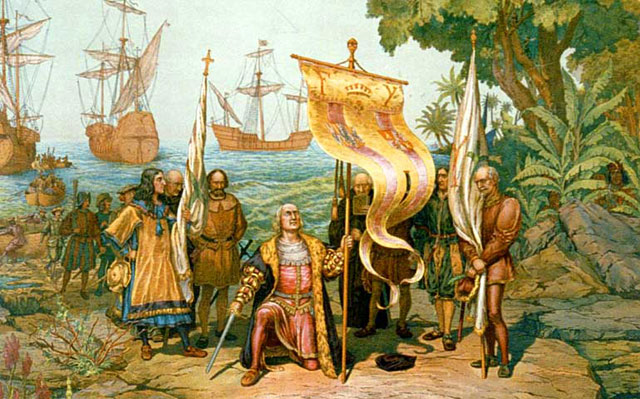
The New World
No one knew anything about the Americas. People at the time believed that, if you sailed west, you would get to China and India. Thus, when Columbus made landfall in the Caribbean, in 1492, he thought he was in India (and this is why Native Americans were called ‘Indians’) .
Instead of Asia, he had found what came to be called the New World – America. By 1500, the Portuguese navigator, Pedro Álvares Cabral had sailed the same way and also discovered another new world
– Brazil.
Carving up the world
Now Portugal and Spain were competing head on, and they looked to the Pope to help. The Pope declared that everything outside of Europe east of an agreed line was Portuguese (that is, Africa, western Asia and eastern South America (Brazil)), while everything west was to belong to the Spanish.
The result of this single decision cannot be underestimated. It meant that if Spain was to gain more land, it had to claim it from the west.
The Spaniards were not very happy. The Caribbean Islands had no gold or spices. They decided that the only thing to do was to set up colonies, grow things the Spaniards wanted back home and begin a trade route that way. This is why Spain began to colonise the area west of the Caribbean. They later found they had been ‘given’ a land full of gold by the Pope – Mexico.
The New World was not, however, empty, nor was it ‘new’ to those who had lived there for tens of thousands of years as the Europeans found. There were empires as large as those in Europe. The conquest of the Aztecs in Mexico is probably the most famous war between a European people and an American people.
By the time the first of the Tudors, Henry VII, became king, England had to face a world rapidly becoming a colony of Spain and Portugal. These new colonies promised to make Spain, in particular, even more wealthy and powerful than it already was. This did not please Henry at all.
Since even one small bag of nutmeg could make a person wealthy, Tudor merchants and kings were very interested in having a part of, or better still, in controlling, this New World trade.
What was Henry to do? There was no hesitation: just like the Dutch and the French, he chose to ignore the decree of the Pope (even though all three countries were Catholic at the time).
Portugal loses out
Portugal was a small country and its forces could not defend its huge empire, so the new exploring nations set up trading posts in the African and Asian lands of Portugal. As a result, some of the wealth that had previously gone to Portugal now started to go to England, the Netherlands and France. Portugal’s control of the world grew weaker.
John Cabot
Henry VII of England wanted the New World, too. To gain these lands he needed captains who would take on a journey into the unknown. He had, however, to avoid lands claimed by the Spanish as Spain was a more powerful country than England.
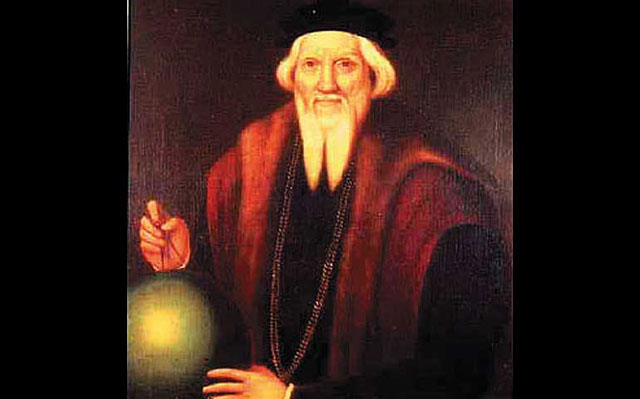
Just as the Spanish had used Christopher Columbus (an Italian) as captain, so Henry used John Cabot (born in Italy as Giovanni Caboto). Cabot had wanted to work for the Spanish, but they were not interested in him. Henry VII, however, was. So, sometime between 1493 and 1495, Cabot moved with his family to Bristol, the home of many of England’s most wealthy merchants. These independently-minded people now had an experienced sailor to send on a new mission.
Fortunately for the English, Spain had ignored North America north of Florida. It was occupied with colonies in Mexico and South America. So the English task (like that of the French) was to search for useful lands to the north.
In 1496, Henry VII granted John Cabot, Cabot’s sons, and other Bristol merchants authorisation (known as Letters Patent) to discover, search, and settle lands which were “unknown to Christians”. The king wrote that he gave his permission to his:
“well-beloved John Cabot... to seeke out, discover and finde whatsoever isles, countries, regions or provinces... which before this time have been unknown to all Christians.”
Cabot eventually set sail in the ship named the Matthew in May 1497. He reached the east coast of North America and named the spot Cape Bonavista (cape of the fine view) – now part of Canada – on 24 June.
Of course, that was just the start of the Tudor Age of Discovery. The books below tell you much more.
